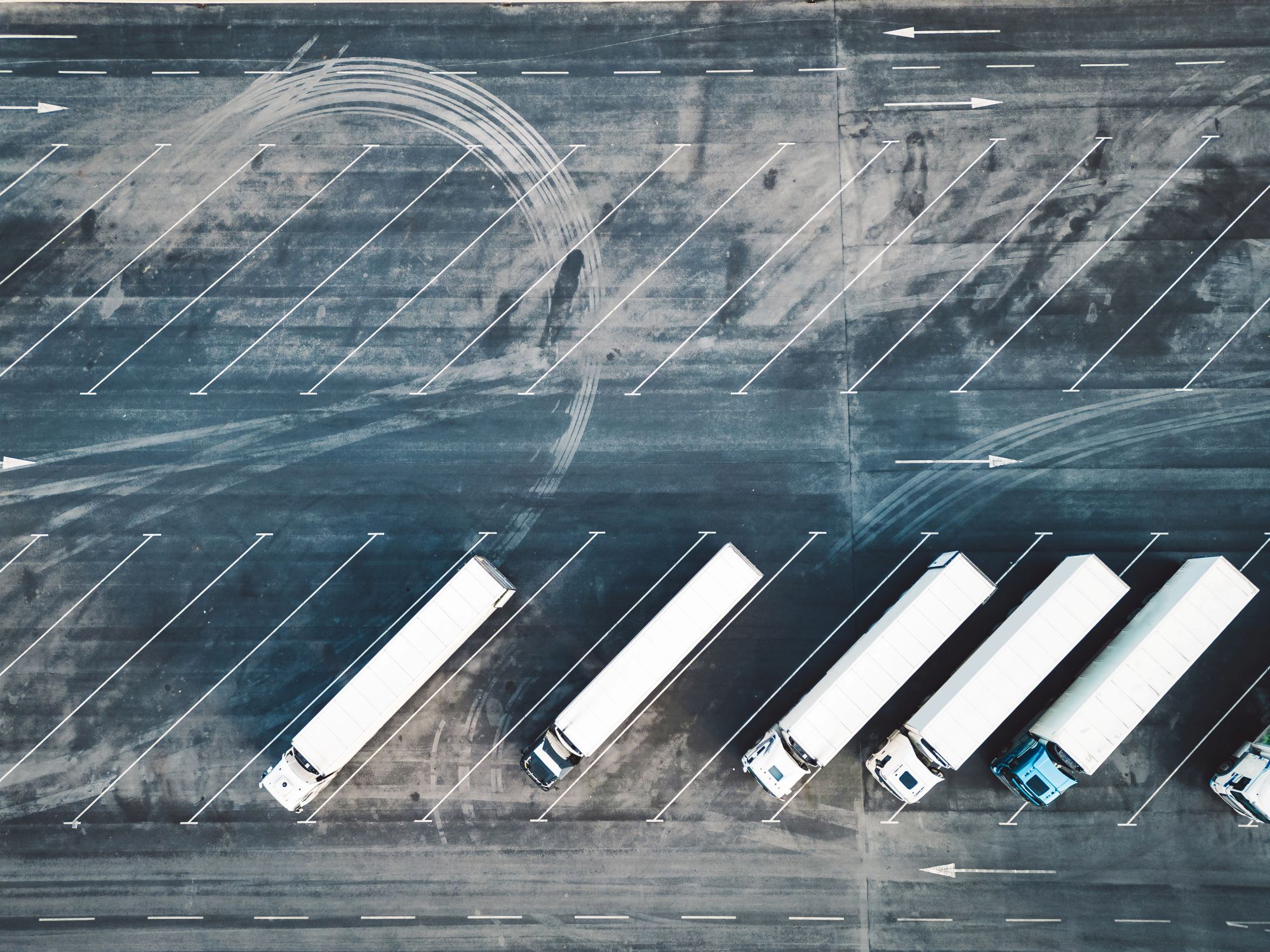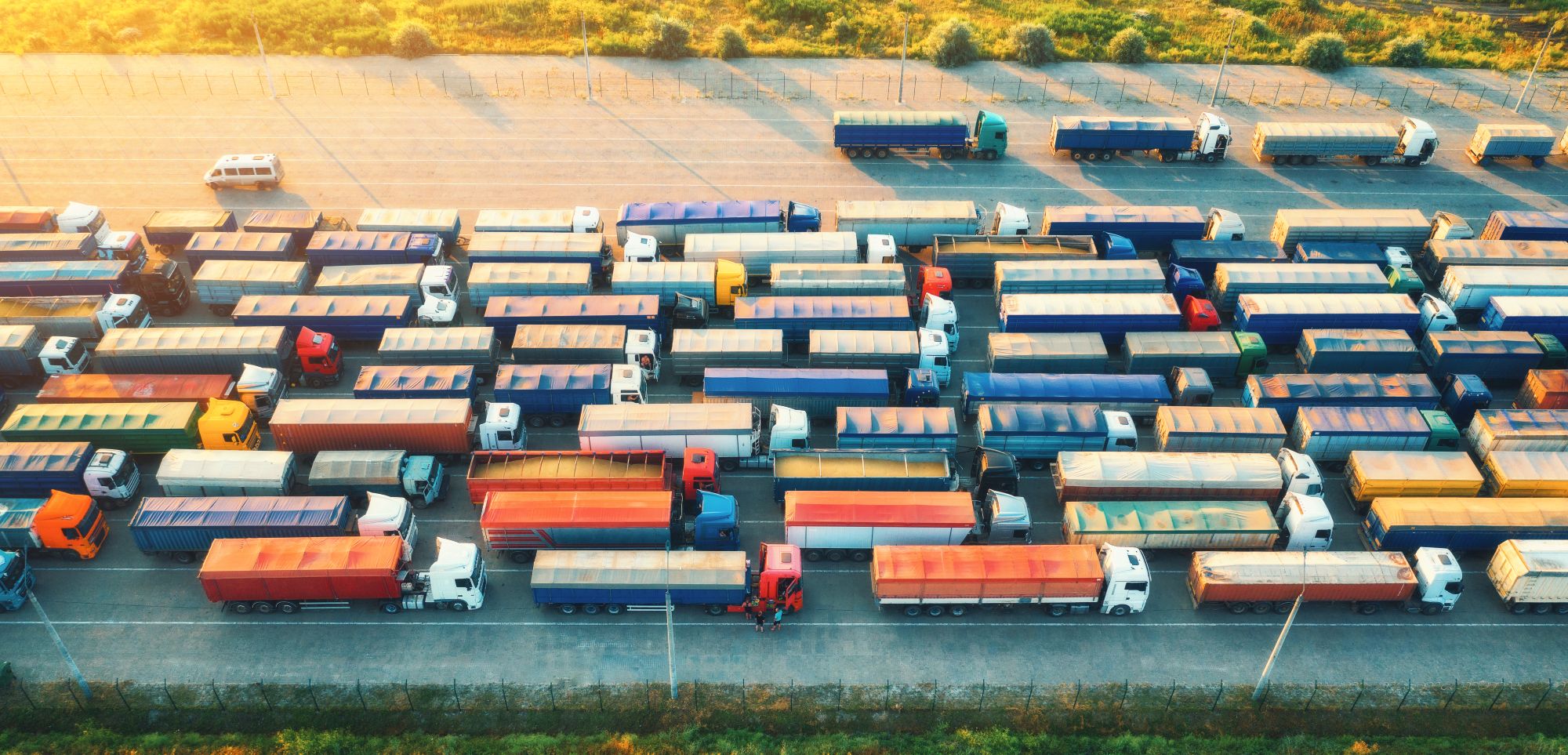
Guest
Зоны с низким уровнем выбросов в Испании: Что нужно знать операторам автопарков
Создано: 03.10.2025
•
Обновлено: 08.10.2025
К концу 2025 года в 149 испанских городах - от Мадрида и Барселоны до таких туристических центров, как Валенсия, Аликанте и Бенидорм, - будет ограничен доступ для автомобилей с высоким уровнем выбросов. Для операторов автопарков это означает новые риски, связанные с соблюдением нормативных требований, дорогостоящую модернизацию и более жесткие графики поставок.
Испанские зоны с низким уровнем выбросов (Zonas de Bajas Emisiones, или ZBE) - часть общеевропейской программы по улучшению качества воздуха и сокращению транспортных выбросов. Они уже действуют в крупных городах страны и обеспечиваются штрафами до 200 евро, причем правила варьируются от города к городу.
В этом руководстве мы объясним, как работают ZBE, какие категории транспортных средств затронуты и что нужно делать операторам, чтобы их автопарки оставались на дорогах.
Правила ZBE и категории транспортных средств
Согласно испанскому законодательству, ZBE вводятся в городах с населением более 50 000 человек (и в городах с населением более 20 000 человек, где качество воздуха особенно плохое), чтобы улучшить качество воздуха в городах и поддержать климатические цели ЕС.
Доступ к ZBE определяется экологическим значком автомобиля (distintivo ambiental), который выдается Главным управлением дорожного движения Испании (DGT).
Категории:
Zero (Blue badge):
Полный доступ
● 100% электромобили (BEV)
● Автомобили на водородных топливных элементах (FCEV)
● Подключаемые гибриды с запасом хода не менее 40 км
Eco (зеленый/синий значок):
В целом неограниченный доступ
● Стандартные гибриды (HEV)
● Подключаемые гибриды с запасом хода менее 40 км
● Автомобили на газовом топливе (КПГ/СПГ/СПГ)
C (Зеленый значок):
Доступ с некоторыми ограничениями по времени/району
● Бензиновые автомобили: Евро 4/5/6 (как правило, с 2006 года)
● Дизельные автомобили: Евро 6 (как правило, с 2014 года)
B (Желтый значок):
Все больше ограничений, часто запрещено в часы пик
● Бензиновые автомобили: Евро 3 (обычно 2000-2005 гг.)
● Дизельные автомобили: Евро 4-5 (обычно 2006-2013 гг.)
Нет значка:
Вообще запрещен во всех ZBE
● Бензиновые автомобили ниже стандарта Евро-3
● Дизельные автомобили ниже стандарта Евро-4
Бензиновые автомобили с классом ниже Евро-3 и дизельные автомобили с классом ниже Евро-4, как правило, запрещены к эксплуатации в ЗБЕ, хотя ограничения варьируются в зависимости от города.
Важно отметить, что иностранные транспортные средства должны быть зарегистрированы в местных городских советах перед въездом в ZBE, даже если они отвечают эквивалентным стандартам Евро. Без регистрации транспортные средства, отвечающие требованиям, могут быть автоматически оштрафованы, что стало распространенной проблемой для международных перевозчиков, работающих в Испании.

Территории, на которые распространяется действие ZBE
В Мадриде и Барселоне уже несколько лет действует система ZBE, которая отличается строго определенными правилами и большой зоной охвата. К концу 2025 года система охватит 149 городов, включая небольшие населенные пункты и туристические центры, такие как Бенидорм, Валенсия, Севилья и Аликанте.
Некоторые города все еще внедряют или постепенно внедряют свои зоны, устанавливая переходные периоды (например, предупреждения до конца 2025 года в Валенсии и Бенидорме). Другие, например [Малага] (https://cadenaser.com/andalucia/2025/09/18/malaga-sancionara-en-la-zona-de-bajas-emisiones-a-partir-del-uno-de-diciembre-ser-malaga/), начнут штрафовать автомобили, не соответствующие требованиям, с декабря 2025 года.
Следует отметить, что в городах могут действовать разные правила, в некоторых из них автомобили, не соответствующие требованиям, могут использоваться для оказания основных услуг, поэтому перед отправкой автомобиля необходимо ознакомиться с правилами конкретного города.
Испания не одинока: более 320 городов по всей Европе в настоящее время работают LEZs, с системой Crit'Air Франции, Umweltzonen Германии и ULEZ Великобритании среди наиболее установленных. Для трансграничных перевозчиков это создает лоскутное одеяло правил, наклеек и штрафов, которые повышают риски соответствия и затраты.
Что необходимо сделать операторам автопарков
Вы должны убедиться, что на ваших автомобилях есть соответствующий значок DGT или регистрационный знак, если они имеют иностранное покрытие.
Штрафы за несоблюдение правил обычно устанавливаются на уровне [200 евро за нарушение] (https://www.sertrans.es/zonas-de-bajas-emisiones/), хотя они могут варьироваться в зависимости от муниципалитета. Такие города, как Мадрид и Барселона, уже начали выписывать такие штрафы с помощью систем автоматического распознавания номерных знаков (ANPR).
Вопросы для руководителей автопарков
Обновление автопарка и расходы
Многие логистические компании сталкиваются с трудностями, поскольку старые дизельные грузовики теперь запрещены или ограничены в городах. На самом деле [средний возраст грузового автопарка Испании составляет 14 лет] (https://www.acea.auto/figure/average-age-of-eu-vehicle-fleet-by-country/). Это означает, что значительное количество транспортных средств не соответствует требованиям и должно быть заменено, если перевозчики хотят войти в ZBE.
Цены на транспортные средства усиливают давление: [электрический тяжелый грузовик может стоить в три раза дороже дизельного аналога] (https://ekoenergetyka.com/blog/electric-vs-traditional-trucks-a-cost-of-ownership-comparison/#:~:text=Economic%20Competitiveness%20of%20Electric%20Trucks,cheaper%20in%20the%20long%20run:), а [водородные грузовики] (https://thundersaidenergy.com/downloads/is-natural-gas-a-competitive-truck-fuel/#:~:text=Hydrogen%20trucks%20have%20been%20proposed,and%20Hydrogen%20%E2%80%94%20across%2035%20variables.) еще дороже.
CETM-Madrid, Испанская конфедерация грузового транспорта, считает, что совокупные расходы мадридских компаний, занимающихся автоперевозками, составляют около 1,3 млрд евро (https://transporteprofesional.es/ultimas-noticias/cetm-madrid-reclama-modificar-el-calendario-de-acceso-a-las-zonas-de-bajas-emisiones-a-los-camiones), и призывает скорректировать сроки и увеличить поддержку.
Сжатие времени
Данные показывают, что изменения влияют на графики доставки. Недавний опрос предприятий в пилотных зонах показал, что [36,7 % сообщили об увеличении сроков доставки и повышении стоимости доставки] (https://www.jiem.org/index.php/jiem/article/download/6902/1089).
Заторы также характерны для ограниченного времени доставки (8-10 утра), когда многие операторы конкурируют за доступ. Около [83 % опрошенных предприятий] (https://www.jiem.org/index.php/jiem/article/download/6902/1089) также назвали отсутствие достаточного количества мест для погрузки/разгрузки одним из основных факторов, способствующих задержкам.
Такой эффект "сжатия времени" - когда доставка осуществляется в течение меньшего количества часов - создает "узкие места" на границах зон, повышая вероятность поздних прибытий и нарушения цепочек поставок.
Кадровое давление
Нарушение расписания не ограничивается маршрутизацией транспортных средств, а также управлением персоналом. Подход Барселоны к ZBE иллюстрирует эту проблему: город предлагает двухчасовые ночные часы доставки (21:00-07:00), чтобы уменьшить дневные заторы, но испанские трудовые соглашения предусматривают надбавки за работу в ночное время в размере около 25 %.
Это ставит операторов автопарков перед сложным выбором: смириться с дневными пробками и задержками или пойти на увеличение расходов на оплату труда при ночных операциях.
Экологические преимущества внедрения ZBEs
Несмотря на трудности, ЗБЭ приносят очевидные выгоды для здоровья населения. Исследования Мадрид Центральной LEZ записал значительное снижение диоксида азота (NO₂) в пределах зоны. Более широкие европейские исследования показывают выбросы сажи падение до 47% и ультрадисперсных частиц на 56% после LEZ развертывания.
Это сокращение напрямую выражается в улучшении качества воздуха, уменьшении числа респираторных заболеваний и сокращении числа госпитализаций. Для городских жителей и водителей, проводящих часы в пробках, польза для здоровья ощутима, хотя и неудобна.
Поддержка водителей и операторов по всей Европе
"Зоны с низким уровнем выбросов останутся", - комментирует Ракаль Мартинес, менеджер по продажам SNAP в Европе. "Задача нашего сообщества - адаптироваться к ним без ущерба для эффективности и благосостояния водителей. Мы в SNAP готовы оказать поддержку автопаркам в Испании и по всей Европе, помогая им превратить изменения в законодательстве в операционные преимущества".
Хотя мы не можем изменить правила СЭЗ, наше приложение intruck делает жизнь в дороге проще. С его помощью водители могут найти и забронировать охраняемую стоянку для грузовиков и мойку, посмотреть, какие удобства доступны на каждой остановке, и спланировать перерывы для отдыха, которые соответствуют более жестким срокам доставки - будь то заезд в Мадрид, обход Барселоны или пересечение границ на длинных маршрутах.
Загрузите приложение intruck app уже сегодня, чтобы обеспечить бесперебойную работу в условиях развивающегося транспортного ландшафта Испании.



